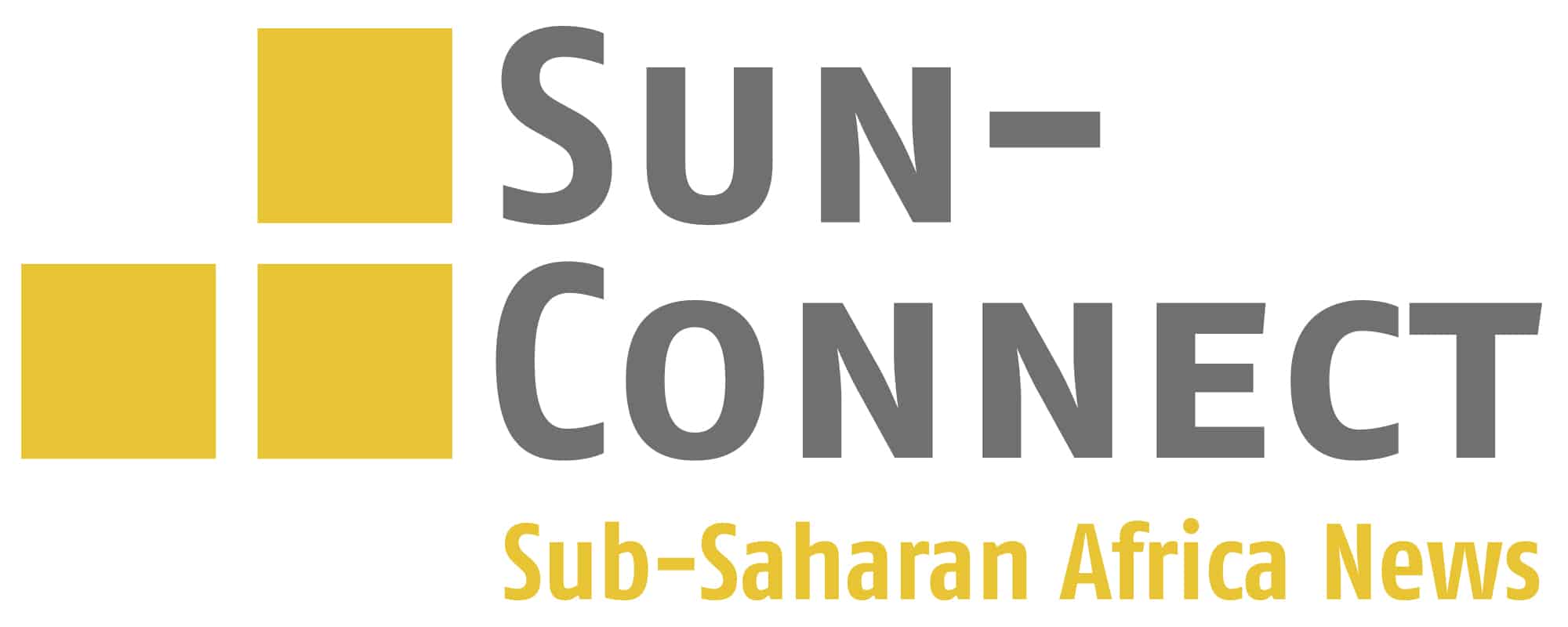- News
- TechXplore
- News
Affordable but substandard panels, coupled with minimal government involvement in the rural energy-transition process, are among the key factors that hinder access to reliable electricity for local communities. Discussions between international organizations and the Ethiopian government seek to standardize panels and regulate disposal of batteries.
- News
- Mirage News
- News
A new World Bank program is set to strengthen and expand the electricity network, improve sector financial viability, and enable renewable energy generation through private sector participation in Ethiopia. The PRIME project will be implemented by Ethiopian Electric Utility and Ethiopia Electric Power, two fully government-owned public enterprises.
- News
- Innovation Village
- News
The company plans to allocate 80% of the raised funds to import electric motorcycle parts and lithium batteries. The remaining portion of the funds will be utilized for operational costs and software development. Dodai aims to introduce a battery-swapping system by the end of 2024.
- News
- MSN
- News
MoTL State Minister, Bareo Hassen told the Ethiopian Press Agency (EPA) that considering the successful introduction of 100,000 e-vehicles in the past two years, the government has been carrying out various activities to import 439,000 e-vehicles and establish 2,335 charging stations.
- News
- IOM
- News
Communities in southern and north-eastern parts of Ethiopia are suffering from a devastating drought. A collaborative effort from IOM and partners bore the solar operated mechanism. Instead of letting the water system run through a generator, a solar-operated mechanism was created, providing a safer, more reliable, and more economical option.
- News
- Techpoint
- News
Powered by a partnership of local industry leaders, investors, and professionals, the hub aims to nurture and scale the country’s early-stage startups. The incubator plans to support at least eight startups through incubation and acceleration programmes in the first year. It wants to prioritise startups that provide cutting-edge solutions.
- News
- The Financial Express
- News
IDCOL signed a contract with the Ministry of Water & Energy, the Government of Ethiopia, at Addis Ababa for providing advisory services on implementation of a ‘Solar Home System’ programme recently. The World Bank has extended $ 10 million to the ministry for creating 750,000 new connections through solar off-grid standalone solutions.
- News
- Coop News
- News
A solar co-op, set up by residents of Ethiopia’s Melkadida Refugee Camp, is supplying the camp’s households and businesses with clean, reliable energy. Iftiin, which means ‘light’ in Somali, helped to build the area’s first solar mini grid in 2020 as part of a partnership project between UNHCR, the UK Refugee Agency, and the IKEA Foundation.
- acciona.org Foundation
- Press Release
- News
- The Telegraph
- News
In Ethiopia, which has one of the highest rates of unvaccinated children, it is believed that roughly 1.2 million have never been reached by health workers. Unvaccinated children across Africa are dying from easily preventable diseases. A new project in Ethiopia is using solar power to fix this.
Latest Documents
- International Labour Organization
- 2023
- African Development Bank (AfDB)
- 2023
- The Lemelson Foundation
- 2023


